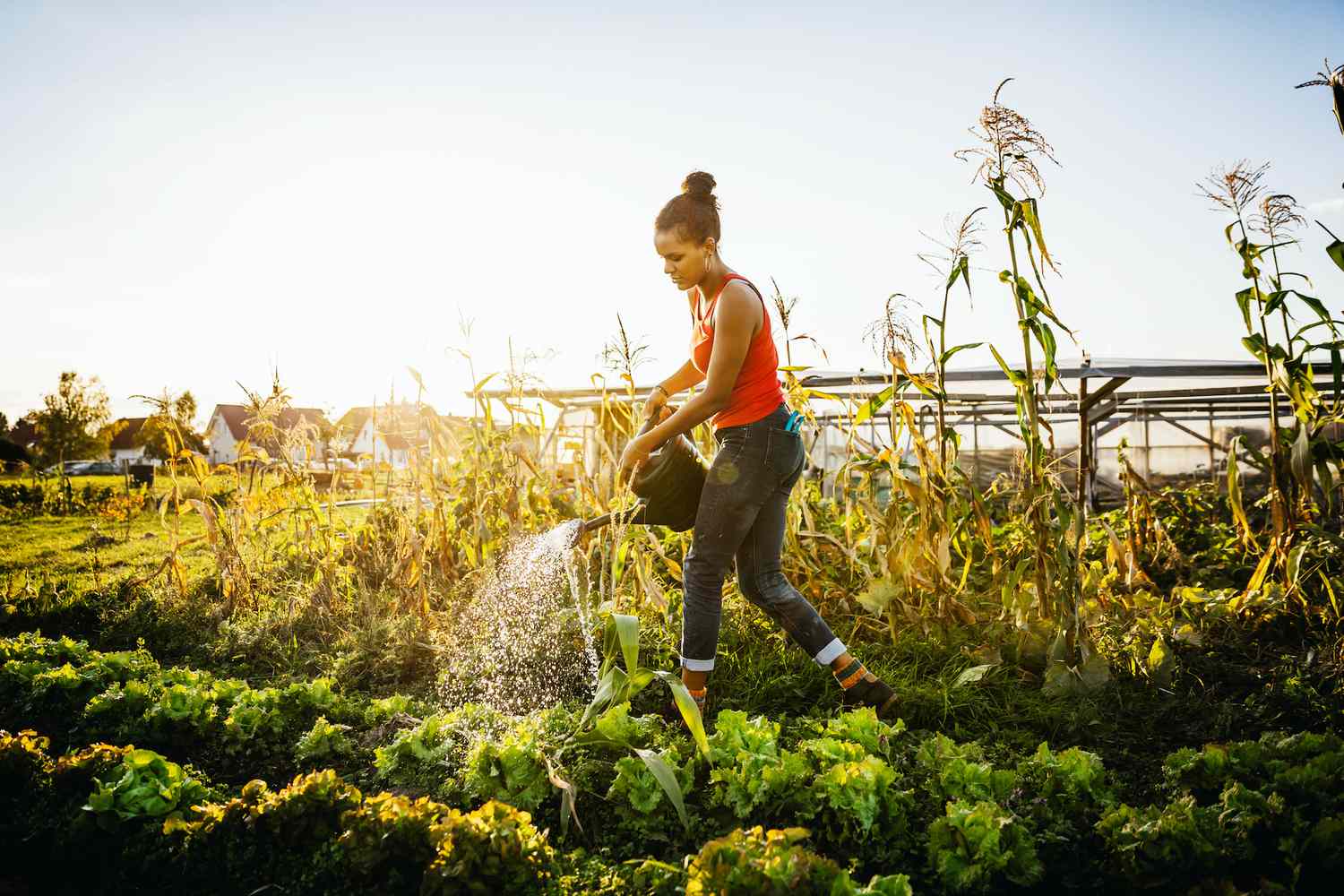With warmer months just around the corner, gardening season is fast approaching. If you've always wanted to grow your own food, learn about preservation, or just want a hobby to fill your time, starting a garden is a great experience.
But, before you rush out and buy packets of seeds, a set of garden tools, and fertilizer, make sure you know what to expect and how to get the most out of your new veggie patch. You have to learn about planting, feeding and watering, and pest control, just to name a few topics of interest. Fortunately, this quick list of six beginner gardening tips can quickly get you started!
Tip #1: Figure Out What You're Going to Grow
You know you want a garden, but have you figured out what to grow? There are so many plants to choose from, so take a few days to research the varieties available and the challenges that come with your choices. As a new gardener, stick with hardier plants that can handle mistakes so your hard work doesn't get ruined overnight. Make sure to list out any supplies you'll need, including a soil testing kit to ensure the PH is ideal for your seeds/seedlings.
Once you have your list, visit a plant and tree nursery to get everything you need. Try to stick to your list and discuss your choices with one of the employees for any advice they might have.
Tip #2: Pick Your Patch
You've got the plants, the food, the tools, and other supplies, and now you are ready to designate the best spot in your yard for planting. Whether you will plant directly into the ground, install a raised bed, or use planters, make sure the area you choose will support plant life. For instance, if you have tomato plants requiring at least 8 hours of sunlight daily, you don't want to plant them in a shady area.
Be aware of how much space you have to work with since most plants have spacing requirements.
Tip #3: Some Plants are Picky About Planting
Unlike the simplistic gardening instructions we learned about in grade school, planting seeds and young sprouts requires more than pushing a seed in the dirt and water. The reality is some species require specific depths and soil temperatures to germinate and grow. Follow the directions carefully for each type of plant. If the environment isn't right for planting, wait. You don't want a surprise frost to kill off your garden before it has a chance to thrive.
In addition to planting correctly, you also need to set up a watering and feeding schedule based on each type's needs. While grapes love water, too much hydration on your green beans could lead to rot. To help keep things straight, keep a gardening journal to help you better manage this cycle, or consider downloading an app for your phone that does the same.
Tip #4: Get to Know Pests
You've probably had experiences where you received some freshly harvested tomatoes and found pests had munched on some areas. This is a common problem in every garden, but completely manageable. The trick is figuring out which pests are feasting on your plants and determining which treatments are best for that specific nuisance.
To identify the veggie marauder in your garden, try to get pictures of it and go online to find it. You can also look into a mobile app can quickly analyze your phone's picture and provide information. Once you know what pests are in your garden, you may realize they all have different treatment methods. This is a good thing because exterminating every bit of wildlife in your patch often does more harm than good. Several holistic pest control approaches will help you contain the bad actors and support the good ones, like bees and spiders.
For larger issues like hungry deer, consider using predator scent or planting extra to provide enough for the entire herd passing by your garden.
Tip #5: Feed Your Soil
When you grow plants, the soil slowly loses nutrients over time and needs a chance to rejuvenate. One way to return nutrients is to compost! Anytime you have weeds, spoiled and leftover food, and dead plant matter at the end of a growing season, put it into a dedicated composting container or area in your yard where it can break down. This will create a rich compost you can use as mulch in your garden next season. Or, consider a direct composting method in your garden to simplify this process.
Tip #6: Don't Be Afraid to Prune
One of the most important steps in gardening is to prune your plants. This is important because plants with vines or tons of leaves could block sunlight from getting to other nearby plants. Pruning isn't difficult, but you should learn the best way to cut back certain plants to avoid causing them harm.
In addition to pruning, don't be nervous about harvesting too soon. Plants like tomatoes can sometimes become overloaded and need help to provide enough nutrients to all their fruits, causing smaller yields. Instead, remove some early and let them ripen in a paper bag or fry them up. This will ensure your tomato plants can keep producing to their maximum capacity throughout the season. Whatever extra you don't need, give away to friends, families, neighbors, and coworkers!
Final Thoughts
Yes, gardening has a learning curve, but with a bit of research and dedication, your hard work will pay off. The type of garden you plan to grow will also add to the challenge, but once your plants are in full bloom, you'll be proud of what you've created. It's hard to beat such a great feeling, and that is why so many people are garden enthusiasts. You'll find this hobby can quickly turn into a lifelong passion that will teach you important skills that you can share with the rest of your family for generations to come.

